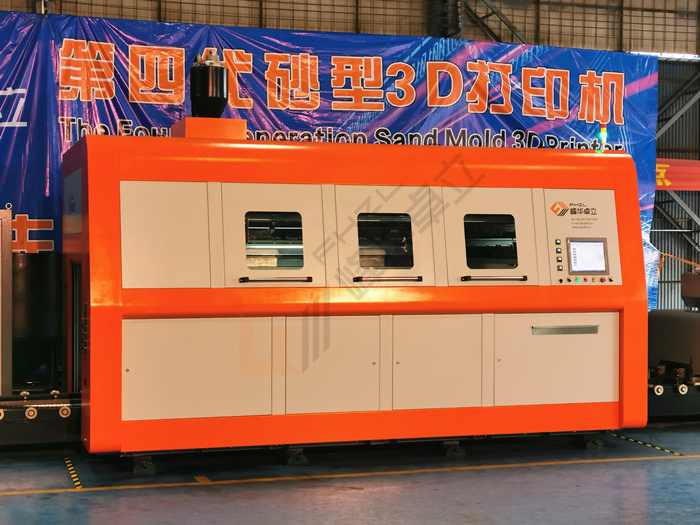The rapid advancement of 3D printing technology has opened up new possibilities in various industries. Sand 3D Printers, a subtype of Industrial 3D Printers, are gaining attention for their potential to revolutionize industrial production processes. This article explores the future prospects of Sand 3D Printers in the industrial sector, examining their advantages, applications, challenges, and future developments.
Advantages of Sand 3D Printers in Industrial Production:
Sand 3D Printers offer numerous advantages in industrial production. Firstly, they provide cost-effectiveness and time-saving benefits. By eliminating the need for traditional mold-making processes, Sand 3D Printers can significantly reduce production costs and time. Additionally, these printers offer increased design flexibility and customization, allowing manufacturers to create complex and intricate designs that were previously difficult to achieve. Furthermore, Sand 3D Printers contribute to the reduction of material waste and environmental impact, as they only use the necessary amount of sand material for each print.
Applications of Sand 3D Printers in Industrial Production:
The automotive industry stands to benefit greatly from Sand 3D Printers. They can be used to produce lightweight and durable components, improving fuel efficiency and overall performance. In the aerospace industry, Sand 3D Printers can create complex geometries for engine parts, reducing weight and improving efficiency. In the construction industry, these printers can be utilized for architectural models, customized molds, and even building components, enabling faster and more efficient construction processes.
Challenges and Limitations of Sand 3D Printers in Industrial Production:
Despite their potential, Sand 3D Printers face certain challenges and limitations. Quality control issues, such as surface finish and dimensional accuracy, need to be addressed to ensure consistent and reliable prints. Additionally, the limited availability of suitable materials for sand printing poses a challenge for certain applications. Furthermore, the operation and maintenance of Sand 3D Printers require skilled operators and technicians, which may pose a barrier to widespread adoption.
Future Developments and Trends in Sand 3D Printers:
The future of Sand 3D Printers looks promising, with ongoing research and development focused on improving the technology. Advancements in printing technology, such as faster printing speeds and improved resolution, will enhance the capabilities of Sand 3D Printers. Integration of artificial intelligence and automation will further streamline the printing process and enhance productivity. Moreover, potential collaborations and partnerships between 3D printer manufacturers and industries can lead to customized solutions and accelerated adoption.

Sand 3D Printers have the potential to revolutionize industrial production processes, offering cost-effectiveness, design flexibility, and environmental benefits. Their applications in the automotive, aerospace, and construction industries are diverse and promising. However, challenges such as quality control issues and limited material options need to be addressed. With ongoing advancements and collaborations, the future of Sand 3D Printers in industrial production looks bright, paving the way for a more efficient and sustainable manufacturing industry.



